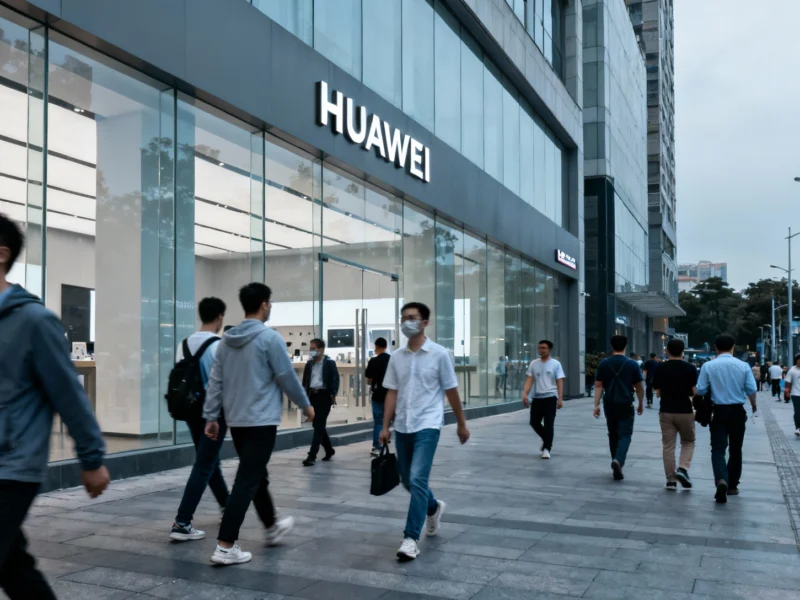Economic Pressures Mount as CPI Declines
China’s consumer prices fell more than anticipated in September, with the consumer price index dropping 0.3% year-over-year according to National Bureau of Statistics data released Wednesday. This marked a sharper decline than the 0.2% decrease economists had forecast, keeping the world’s second-largest economy in deflationary territory. The persistent deflationary trend, as detailed in recent economic analysis, underscores the significant challenges facing Chinese policymakers as they grapple with sluggish domestic demand and ongoing trade uncertainties.
The monthly data provided a slight silver lining, with prices edging up 0.1% from August. However, this modest increase failed to offset the broader deflationary pattern that has been developing throughout 2025. The continued price declines reflect weakening consumer confidence and persistent softness in domestic demand across multiple sectors of the Chinese economy.
Producer Prices Continue Downward Trajectory
Meanwhile, China’s producer price index fell 2.3% from a year earlier, matching economists’ expectations. This marks the continuation of a prolonged deflationary trend in factory gate prices that has been weighing on industrial profits and manufacturing activity. The persistent decline in producer prices suggests ongoing challenges in the industrial sector, with manufacturers continuing to face margin pressures amid weak pricing power.
The dual deflation in both consumer and producer prices highlights the broader economic headwinds China faces. While other global economies grapple with inflation, China’s unique position reflects the complex interplay of domestic property market adjustments, cautious consumer spending, and external trade tensions. The situation has prompted increased attention from international financial institutions and parallel concerns about monetary policy approaches in other major economies.
Sector-Specific Impacts and Market Reactions
The deflationary pressures have manifested unevenly across different sectors of the Chinese economy. Consumer discretionary goods and durable items have shown particular weakness, while essential goods and services have demonstrated more resilience. This pattern suggests that households are becoming increasingly cautious with their spending, prioritizing necessities over discretionary purchases.
Market participants have been closely monitoring the deflationary trend, with many analysts revising their growth forecasts for the Chinese economy. The sharper-than-expected decline in consumer prices has raised concerns about the effectiveness of previous stimulus measures and the potential need for more aggressive policy responses. Meanwhile, contrasting economic outlooks in other regions highlight the divergent paths major global economies are taking in the current environment.
Technological Innovation Amid Economic Challenges
Despite the economic headwinds, China continues to advance in technological domains, with companies like Huawei maintaining their innovation trajectories. The country’s tech sector represents a potential bright spot, though it faces its own challenges from export controls and international trade tensions. Recent developments in advanced scientific research and technological innovation demonstrate that progress continues even amid broader economic difficulties.
The intersection of economic policy and technological advancement remains crucial for China’s long-term growth prospects. As traditional economic drivers like real estate and infrastructure investment face constraints, technology and innovation sectors are increasingly seen as vital components of China’s future economic model.
Global Context and Comparative Analysis
China’s deflationary trend stands in stark contrast to the inflationary environments in many developed economies. This divergence creates complex dynamics for global trade, currency markets, and international investment flows. The situation also highlights how different economic systems are responding to post-pandemic adjustments and geopolitical realignments.
Scientific and environmental developments elsewhere continue to progress, with recent breakthroughs in biological research demonstrating that innovation continues across multiple fronts globally. These advances underscore the multifaceted nature of global development, where economic challenges coexist with scientific progress.
Policy Implications and Future Outlook
The persistent deflation increases pressure on Chinese authorities to implement more substantial stimulus measures. However, policymakers face the delicate balancing act of supporting growth while avoiding the accumulation of additional debt and financial risks. The effectiveness of monetary and fiscal tools in addressing deflationary pressures remains a subject of intense debate among economists and market observers.
Looking ahead, the trajectory of Chinese prices will depend on multiple factors, including the evolution of domestic demand, the property market stabilization, and developments in international trade relationships. The September data suggests that economic rebalancing remains a work in progress, with the path to sustainable growth likely requiring both short-term support measures and longer-term structural reforms.



